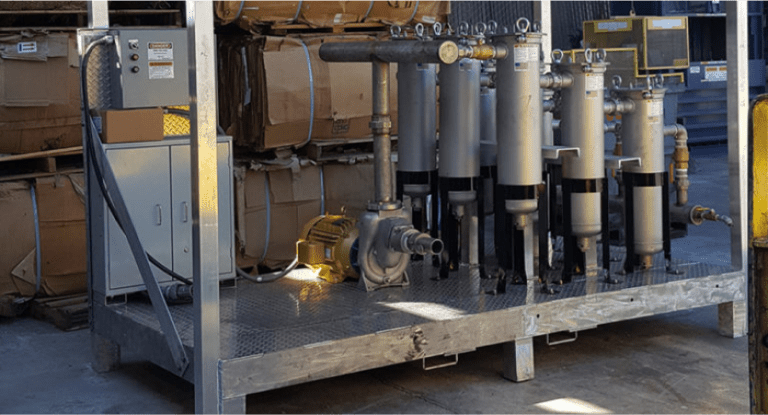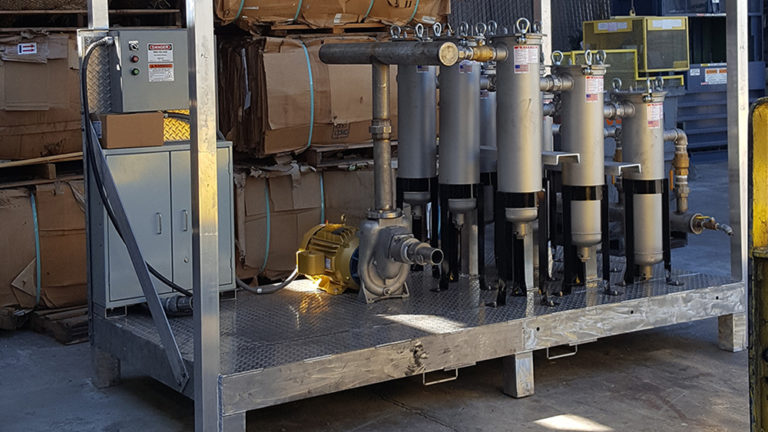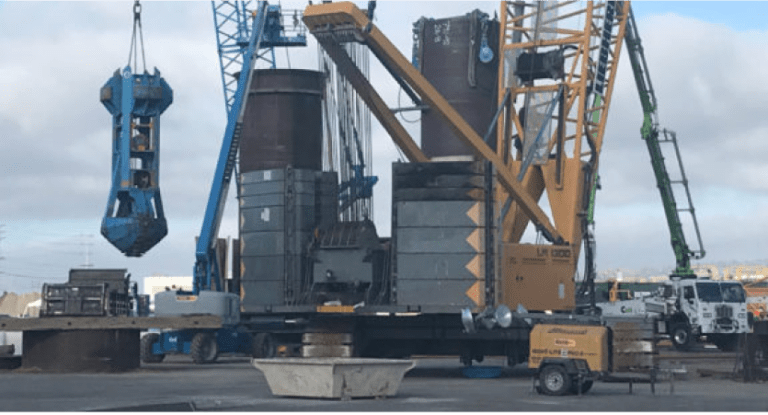
summary
Lorem ipsum dolor sit amet, consectetur adipiscing elit. Hac volutpat augue ut fames placerat congue. Commodo ultrices amet posuere at. Amet, ipsum nec tincidunt scelerisque ut sed erat bibendum cus. Neque id ultrices nunc est lorem tincidunt in velit. Massa at nisi lectus montes. Quisque felis elit, Ptes que et. Quam non ultrices elementum morbi nunc magna nunc adipiscing in. Habitant ipsum id namas viverra sit. Sit eget sit venenatis nunc magna et at vel. Est condimentum leo ipsum ultricies.

Challenge
Cabot, Cabot & Forbes had a vision to do something unprecedented
The firm hoped to develop a suburban multi-unit residential community in a location that is close to mass transit stations with easy access to several highways. However, the property was part of the Industri-plex Superfund site in Woburn, Mass., and the Environmental Protection Agency (EPA) had categorized the property as Class B and C land — commercial and industrial redevelopment only. Haley & Aldrich was familiar with the site conditions and advised CC&F that their part of the site could be redeveloped for residential use in a safe and environmentally responsible way.
Given the soaring demand for residential real estate in the Boston area, CC&F leaders felt it was worthwhile to approach EPA about a property change-of-land use from commercial to residential. EPA had never before engaged in a change-of-land use for a Superfund site in EPA Region 1 — and this would be one of only a few in the entire country. There was little precedence for what CC&F wanted to accomplish.
Because Haley & Aldrich has extensive experience in both real estate development and Superfund site remediation, we were uniquely qualified to combine these areas of expertise to advocate for CC&F and help EPA understand CC&F’s vision for the Superfund site.

Our Approach
Haley & Aldrich brought an unconventional approach that turned CC&F’s ambitious goal into a reality
Although meeting EPA’s Superfund site requirements for transitioning land use was mostly uncharted territory, we first leveraged our intimate knowledge of EPA’s Comprehensive Environmental Response, Compensation, and Liability Act (CERCLA) requirements and EPA Region 1 (New England) to anticipate and prepare for EPA processes and procedures. As we worked with EPA, we advocated for CC&F to help EPA understand the developer’s key issues while having a strong understanding of what EPA needed to facilitate approval.
To streamline processes for CC&F, we anticipated EPA’s needs and knew what to deliver to get the quickest approval. This, in addition to our site investigation and risk assessments, allowed us to create workable solutions that EPA could approve quickly — setting the groundwork for future residential redevelopment on Superfund site redevelopment.
Using our deep understanding of EPA, the regulatory process and our proactive and collaborative approach, we determined CC&F did not need to remediate before construction. We were also able to eliminate the Class C land designation from the property.
With this approach, CC&F saved time and is able to proceed with its highly anticipated residential redevelopment plans. As the project moves into construction, EPA will be reviewing reports and overseeing activities — and Haley & Aldrich will continue to work with CC&F and EPA to avoid roadblocks that could delay construction.

Value Delivered
Key Takeways
- Partnered with EPA to create a new standard model for how future redevelopment projects will proceed under CERCLA
- Obtained EPA’s first-ever residential redevelopment approval on a Region 1 Superfund site
- Substantiated that the site was safe for residential use without the need for remediation
- Demonstrated that the Class C land restriction could be removed from the property, eliminating the need for long-term legacy management of a protective cover
- Collaborated with EPA to allow for residential use of the property, with no restrictions on shallow soils, and no remediation burden through an Explanation of Significant Differences (ESD) determination, as opposed to a Record of Decision (ROD) amendment
- Saved our client in excess of $500,000 on remediation costs
- Negotiated a compromise between the required EPA process and the most straightforward path forward to redevelopment
- Facilitated the first-time dialogue between residential redevelopers and EPA in Region 1
For more information about this project, contact:

Senior Technical Expert, Scientist